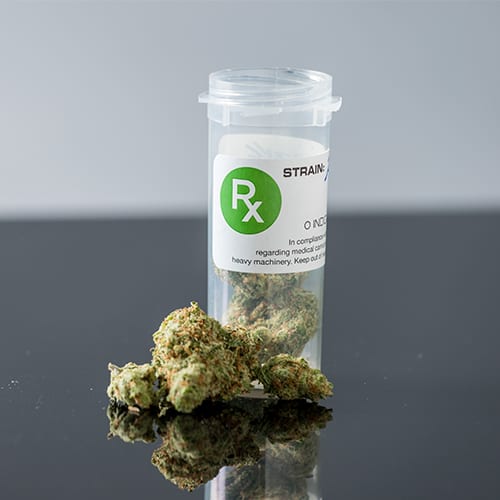
Colorado — One of the first two states to legalize recreational marijuana is taking steps to keep teens from using the drug.
Colorado, in its second public service campaign since pot became legal at the start of 2014 for people over 21, was careful this time to not vilify the drug. Instead, after Health Department officials talked with more than 800 minors through focus groups, school visits, and phone interviews to help craft the campaign, the ads seek to send the message that marijuana use early in life can stymie a child’s potential.
Called the “What’s Next” campaign, the ads show active kids and reminds them that their brains continue to develop until they’re 25. The ads say that pot use can make it harder for them to pass a test, land a job, or pass the exam for a driver’s license.
The state Health Department faced backlash last year for its first effort, called “Don’t Be A Lab Rat,” which marijuana activists said recycled Drug War-era scare tactics. That youth anti-pot campaign included erecting human-sized rat cages outside schools and libraries. Some Colorado teens used the installation art as an opportunity to criticize the campaign by photographing themselves smoking pot inside the cages, then posting the images on social media.
One ad shows a teen girl playing on a basketball court and the tag line, “Don’t let marijuana get in the way of ambition.” Another ad shows a boy playing on a drum set with the tag line, “Don’t let marijuana get in the way of passion.”
The Health Department said that its research showed that teens “want credible information to make their own health decisions and don’t respond to ‘preachy’ messages or scare tactics,” in a news release for the newest campaign.
Colorado also has a pot-education campaign for the general public that includes tips for parents on how to talk to their kids about the newly legal drug. Called the “Good To Know” campaign, the ads tell parents to stay positive but encourages them to start a conversation about the drug.
“Teach them that marijuana use is not something to build an identity around,” that campaign suggests.
In a recent report, the state Health Department called monitoring the potential impacts of the legalization of retail marijuana on adolescents a public health priority in Colorado. The department cautioned that since the changes in legislation are recent, the data are not yet clear as to how and if the legalization of pot will affect use among teens. But the report did point out that prior to the law taking effect, trends in the prevalence of marijuana use among Colorado high school students mimic the national trends and are comparable with surrounding states.
Since the drug became legal, Colorado has ramped up efforts to regulate its sale, and keep it out of the hands of minors. Just three months after recreational pot was legalized, the governor signed into law a widely supported policy extending the same packaging requirements to medical marijuana products that already exist for recreational ones.
“Keeping marijuana out of the hands of kids should be a priority for all of us,” said Governor Hickenlooper, before signing the bill.
Critics of the rolling back of marijuana policy are still skeptical that PSAs and public education are effective in keeping kids away from recreational pot use as it becomes easier and easier to access.
“Any steps to reduce access to kids and make it less likely kids will use marijuana is laudable, but I think will ultimately be unsuccessful in the framework of legalization,” says Kevin Sabet, the cofounder of Project SAM and director of the Drug Policy Institute at the University of Florida, in an interview last year with The Christian Science Monitor. “Because legalization by definition is the commercialization of marijuana and companies only make money off heavy users, they have to target young people as part of a successful business model.”
This report contains material from the Associated Press.
Source: Christian Science Monitor (US)





